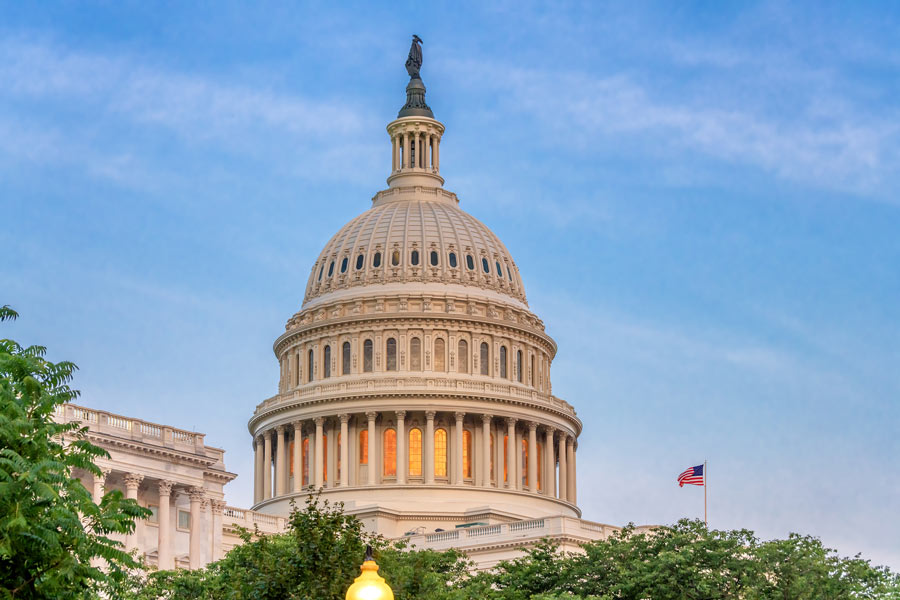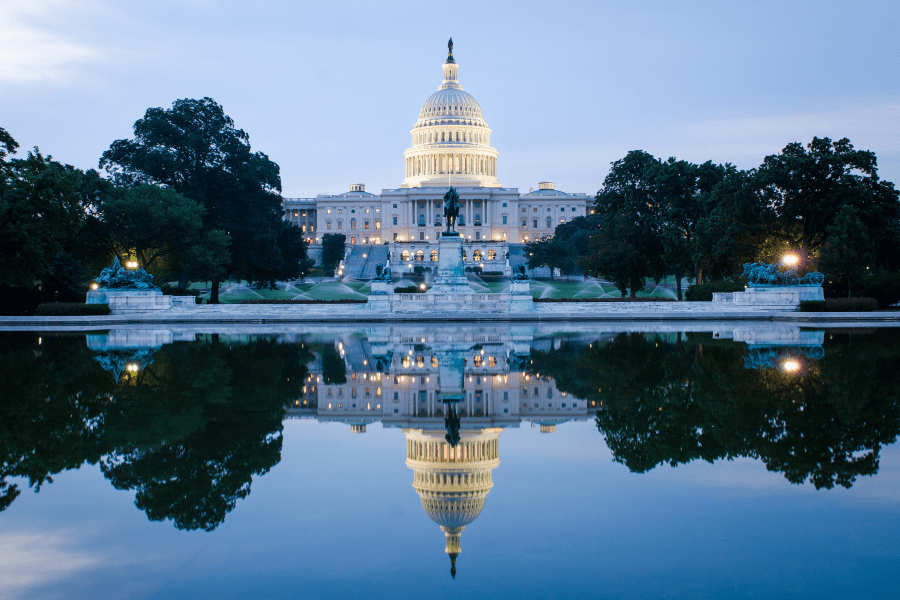Jan 21, 2021
2020 End-of-Year Legislation and What it Means for Residential Energy Efficiency
A look into the end-of-year legislation passed on December 27, 2020, and what it means to the energy efficiency industry.
By: Michaela Manfull

On December 27, 2020, Congress passed and the President signed a massive end-of-year package that included FY2021 government funding, a small-scale energy bill, a tax extension, and COVID relief provisions.
Following is a brief overview.
Funding
The end-of-year omnibus provides $2.86 billion for the Department of Energy’s Office of Energy Efficiency and Renewable Energy, a roughly $58 million increase from Fiscal Year (FY) 20. Big wins for the industry include securing funding for the Building Technologies Office (BTO), Residential Buildings Integration (RBI), Weatherization Assistance Program (WAP), and State Energy Program (SEP).
Funding for those key programs is outlined in the table here:
| Program | FY19 Enacted | FY20 Enacted | BPA FY21 Request | President’s Budget Request | House FY21 E&W* | Senate FY21 E&W | FY21 Omnibus |
| BTO | $226M | $285M | $300M | $94M | $285M | $295M | $290M |
| RBI | $28M | $40M | $44M | $5M | $40M | $40M | $40M |
| WAP | $254M + 3M | $308.5M | $310M | $500M | $310M | $310M | $315M |
| SEP | $55M | $62.5M | $90M | $500M | $65M | $62.5M | $62.5M |
Energy Bill
A small-scale energy bill, the result of months-long negotiations between the House and Senate, was ultimately attached to the end-of-year package.
What’s in for residential EE:
WAP reauthorization through 2025. Includes changes that allow funds to be used on renewable energy and smart technology. It also makes technical training grants available to private contractors that provide weatherization assistance and establishes a competitive grant program within WAP for new and innovative weatherization services.
Tax Extenders
A small batch of tax extenders (including 25C) were included in the legislation. The 25C provision, which provides a tax credit to homeowners for making certain energy efficiency home improvements, extends the credit through 2021. It allows a credit of 10% of the amounts paid or incurred by the taxpayer for qualified energy improvements to the building envelope (windows, doors, skylights, and roofs) of principal residences.
The provision also allows credits of fixed dollar amounts ranging from $50 to $300 for energy-efficient property including furnaces, boilers, biomass stoves, heat pumps, water heaters, central air conditioners, and circulating fans, and is subject to a lifetime cap of $500.
COVID Relief Package
The final legislative package of the 116th Congress also includes approximately $900 billion in COVID response/relief provisions as well as a critical clarification on the deductibility of Paycheck Protection Program (PPP) expenses.
Many of our industry’s small business contractors sought PPP loans as a cash-flow lifeline and the loan could be forgiven if the funds were spent on payroll, mortgage interest, utilities, and rent (with the majority spent on payroll). With the passing of this legislation, any expenses that were covered by a PPP loan will still be tax deductible. This is an important clarification for contractors.
Notably, the COVID package does not include any monies for LIHEAP, but it does include $25 billion for utility and rental assistance. Providing this money outside of LIHEAP means funds may not be used for weatherization.
Looking Forward
We at BPA know that a lot more still needs to be done. Both sides of the aisle are looking forward to beginning more comprehensive efforts in the new Congress. Other priorities awaiting reintroduction include the HOPE for HOMES, workforce, and E-Access bills. We are working on the next steps for both.





